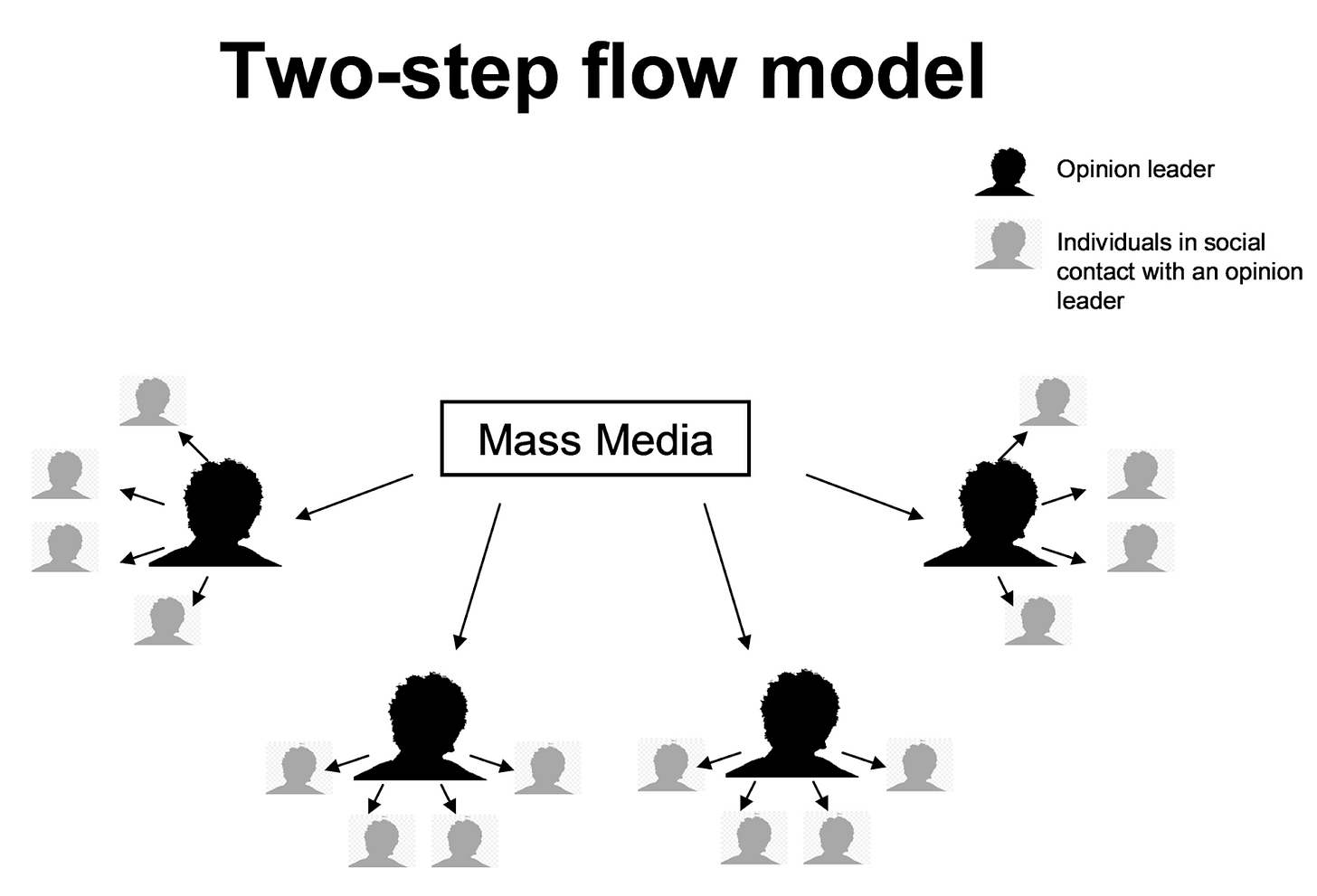Understanding The Fifth Estate
Exploring the transition of cultural power from The Fourth Estate to the Fifth Estate.
First, A History Lesson
The term “estate” originates from the European concept of “estates of the realm,” which in England was the clergy, the nobles, and the commoners. In the United States, we reframed this concept as “estates of democracy,” substituting our three branches of government to replace England’s more hierarchical idea.
The term “Fourth Estate” refers to journalists and news sources serving as a check on power.
The Fifth Estate has existed, at least by name, since the 1960s. It originally referred to citizen journalists and independent newsletters (much like this one). Its definition, however, has changed as technology augmented our ability to communicate and network. Today, bloggers, podcast hosts, and independent journalists posting in real time to social media and, arguably, the mere intrinsic networking properties of the Internet constitute the new estate.
The Fifth Estate is both people and technology, information and algorithms. It is both TikTok and the people who post TikToks. It’s the millions of content creators sharing media and the billions consuming it.
Fourth Estate: The Old Media
Social media has transformed how we consume news and develop our mindsets. In the past, news came in steady increments from established journalistic institutions and rarely from individuals. Even for high-profile journalists, people associated them with larger entities like Bob Woodward and Carl Bernstein at The Washington Post, or Walter Cronkite at CBS Evening News. These institutions were the content platforms and served as gatekeepers, editing production and directing the flow of information. They were also held accountable by their readers, their investors, and their necessity to build and maintain societal trust, providing checks and balances on their power and behavior. Consumers trusted these institutions to vet their information and provide them the truth, regardless of whether or not it happened.
The Fourth Estate’s stability began to waver as internet access proliferated. There are many reasons why, but two important ones are:
Rapidly shrinking news cycles due to new instant communication capabilities.
The rise of digital advertisements, leading to the click-based economy of today.
On the podcast Search Engine, Ezra Klein argued that the razor-thin advertisement margins have pushed news outlets to become hyper-efficient, cutting content and news desks that don’t generate enough cash flow. Long-form articles and time-consuming investigative journalism, which fail to generate enough clicks, have suffered. At The New York Times, most revenue now comes from crossword and cooking app subscriptions, not from their news.
Fifth Estate: The New Media
With trust in mainstream media at historic lows, Americans are pining for alternatives and social media has given us more than we could ever dream of. However, instead of new media institutions and digital newspapers, we got millions of independent journalists and content creators, each serving as their own institution and forming the modern decentralized and fractured Fifth Estate. The near-overnight emergence of online news sources and attention-seekers devastated the Fourth Estate’s revenue and perceived importance.
Much like the Fourth Estate, these new content creators are at the mercy of click-through rates and ad buys, but can move at lightning speeds, unburdened by pesky editors and ethical standards. Anyone can become a content creator without a journalism school degree, press credentials, or a spot at a writers desk. You make your position – and your income – through your ability to earn and keep attention. The business model has changed, the ethics are out the window, and incentives for good behavior have vanished.
An underappreciated change is the shift away from Fourth Estate institutions toward Fifth Estate individuals. While trust is vital for both, individual content creators can be seen as something institutions cannot: authentic. People build relationships with other people, not institutions. A common mantra in the influencer community is that “true influence is about leveraging authenticity,” and the messenger is often more critical than the message. Followers view these influencers as relatable and trustworthy, enhancing their ability to shape opinions and attitudes.
This authenticity has also led to new and powerful capabilities for online influencers. Both the Fourth and Fifth Estates are adept at setting agendas, but the Fifth Estate excels at setting mindsets. Social media and independent content creators influence how people think and perceive the world, leveraging the power of their perceived authenticity and their ability to push quick, endless content to shape public consciousness more effectively than traditional media ever could.
The sociological observation known as the Two-Step Flow Theory explains this shift, stating that large news outlets disseminate news from the top, but consumers receive the news from opinion leaders who translate it into their own terms. These opinion leaders filter, interpret, and contextualize the information for their followers, making it more accessible and impactful when delivered by a trusted and authentic messenger. Even if the influencer isn’t someone the consumer follows, the reader still receives the information filtered through that opinion leader’s lens. If you’ve ever seen someone tweet out a news article, what do you read first: the article itself, or the reaction they posted directly above the link? That is the Two-Step Flow Theory in action.
Fifth Estate Content & Creators
The digital media ecosystem is built by content creators, or “influencers.” While this term often brings images of the Kardashians or flashy YouTubers to mind, influencers cover a broad spectrum, with audiences ranging from millions to hundreds. They produce content such as DIY home videos, parenting insights, and even mundane “day in the life of” videos, which have collectively generated billions of views. In 2023, the influencer economy was measured at over $250 billion and is expected to grow to almost $500 billion by 2027.
There is also a new hybrid entity – what we call “influencer collectives” – which straddles the Fourth and Fifth Estates. Jeremy Boreing and Ben Shapiro’s Daily Wire, a right-wing news and culture platform containing dozens of YouTube accounts, and Facebook pages, are among the most notable influencer collectives. Their website tagline is “Breaking News, Videos and Podcasts,” but their content production and business model relies on individual right-wing influencers, under exclusivity contracts, who produce content onto their personal social media accounts as well as the Daily Wire’s. They combine the individual’s authenticity with the promotional power of a central entity, merging the strengths of both Estates, and they have seen staggering success from it.
How Did We Get Here?
If you’ve spent any time scrolling on social media, you know that the environment is chaotic and attention-seeking – the noise level is off the charts. This is partially due to the fragmentation of our information sources, preventing the consolidation we see in the Fourth Estate. The barrier of entry to this space is low, the start-up overhead is near zero, and the social media algorithms allow new influencers to compete for your attention in perpetuity. The competition-saturated market creates a semi-democratized economy where consumers vote with their attention. There aren’t just a handful of places to get your news from anymore. There are millions.
So what does this do to our individual and collective mindsets? That’s what we’ll soon explore together here at Noise Level.








